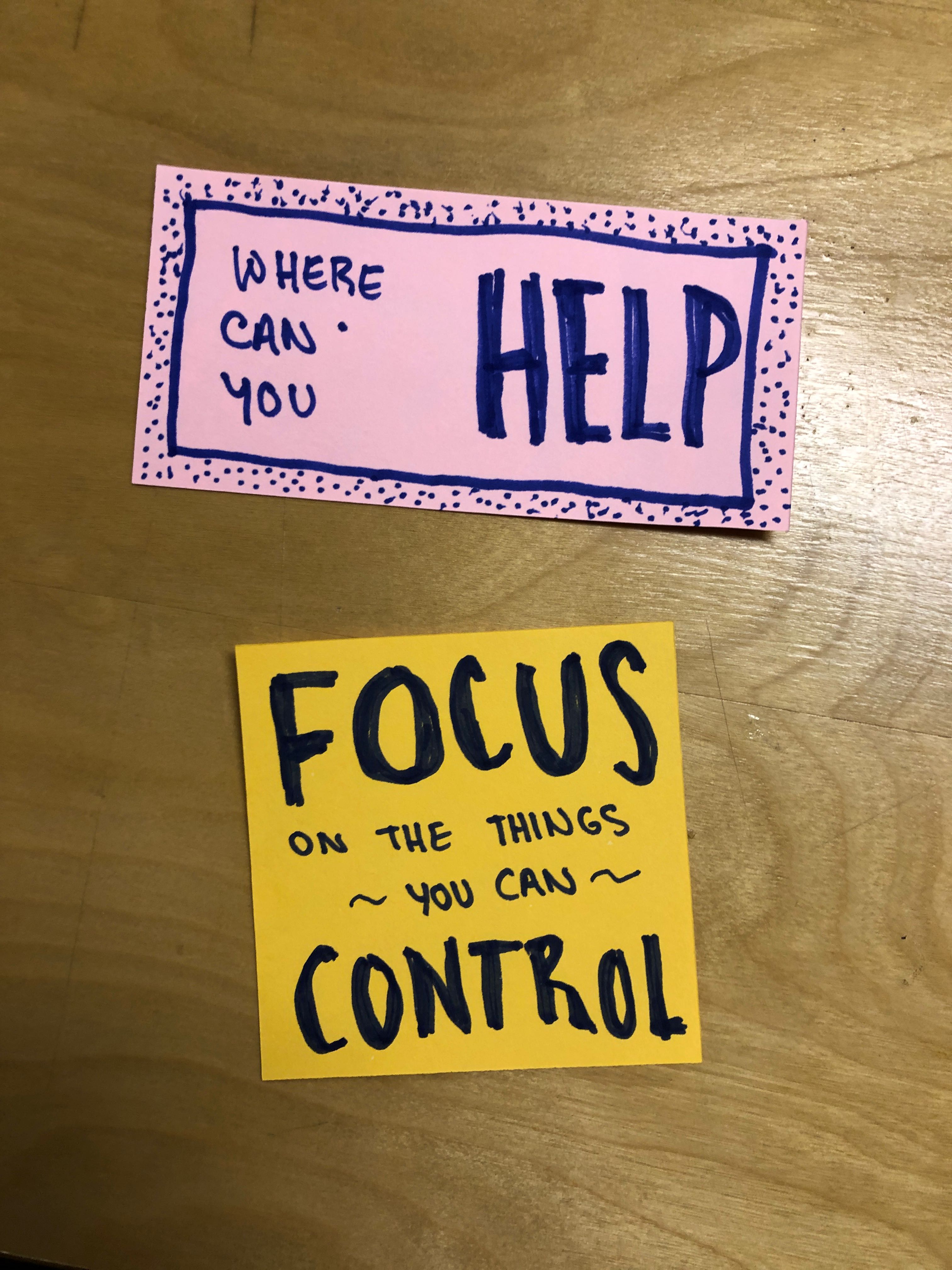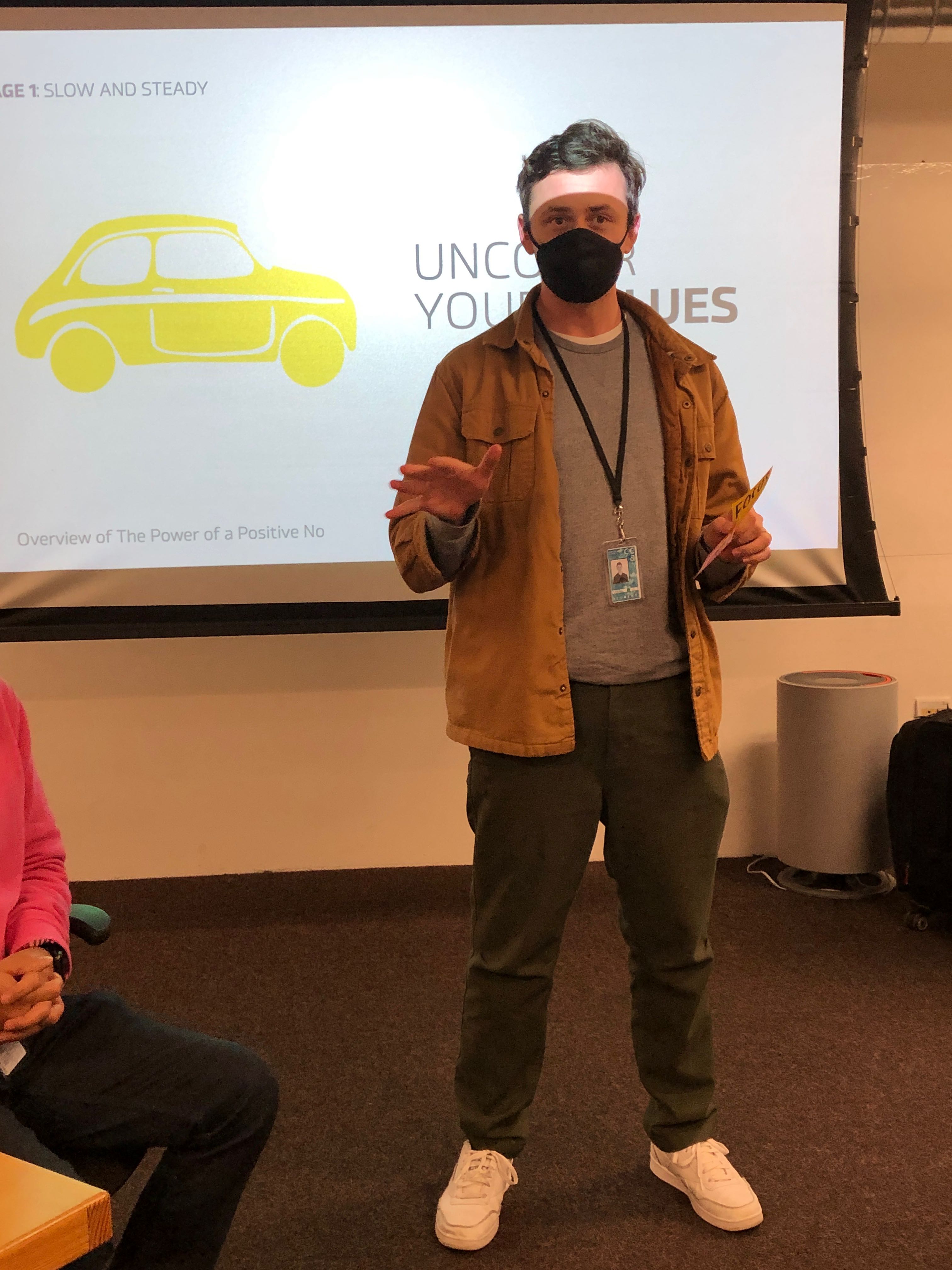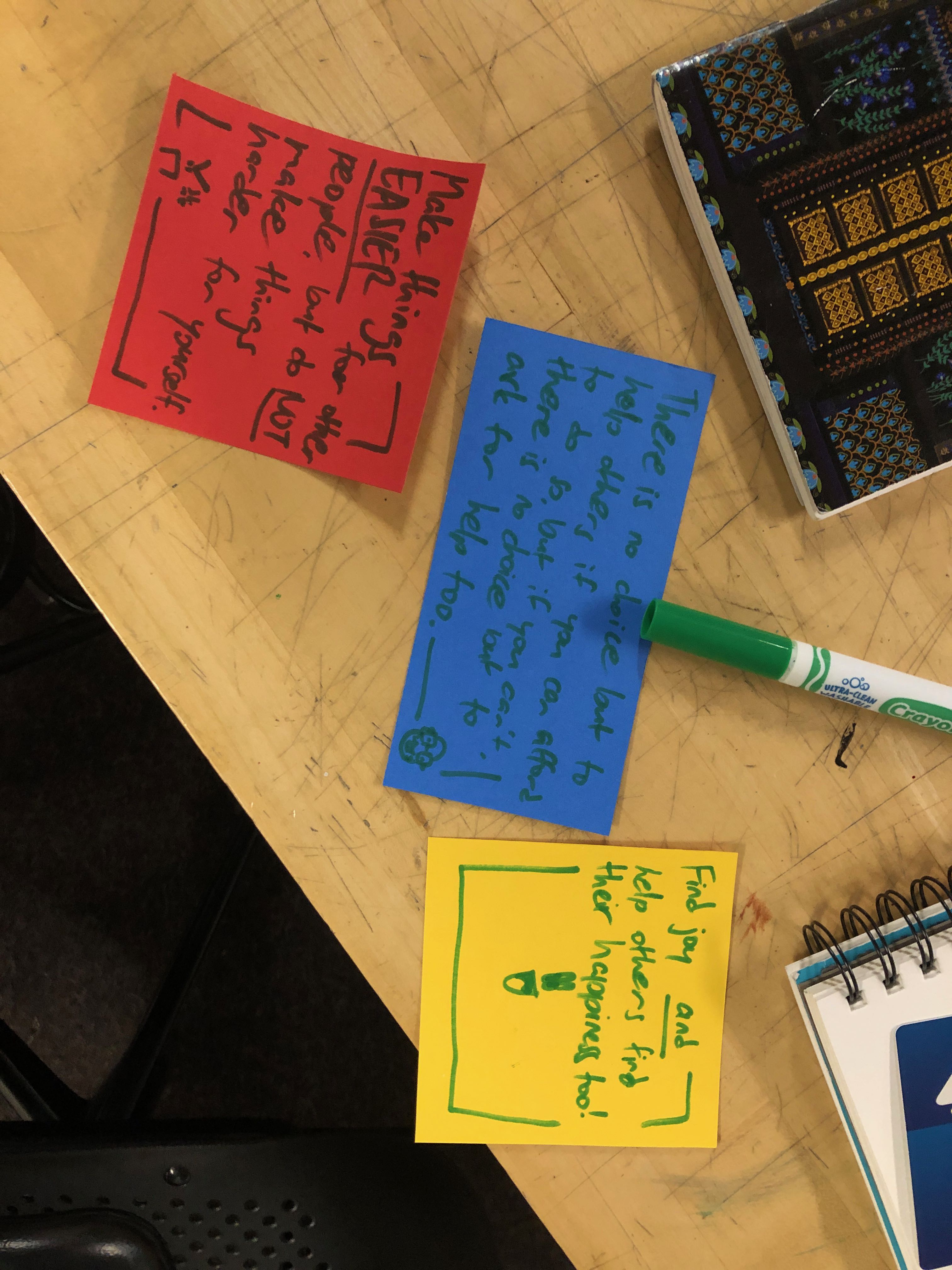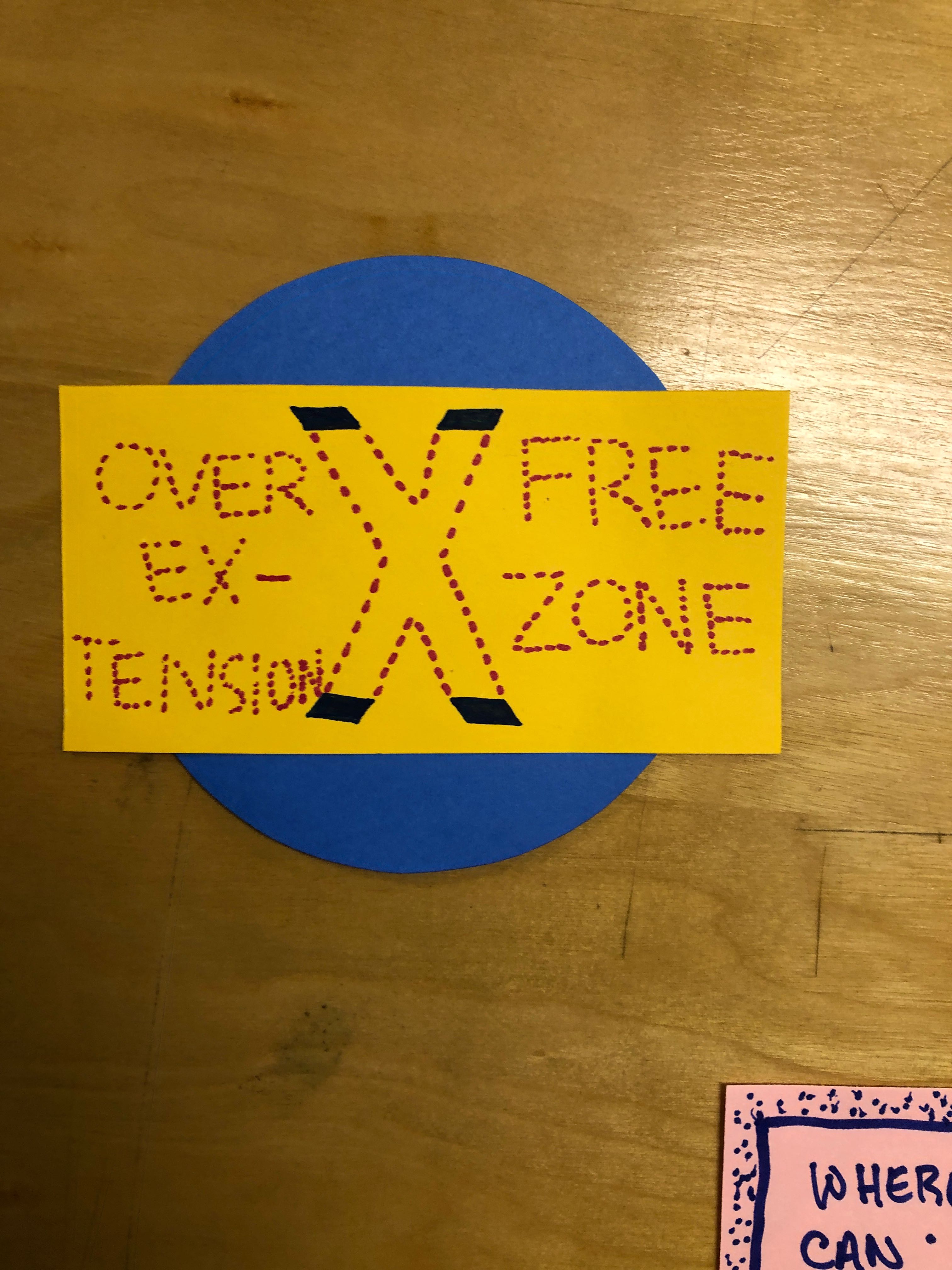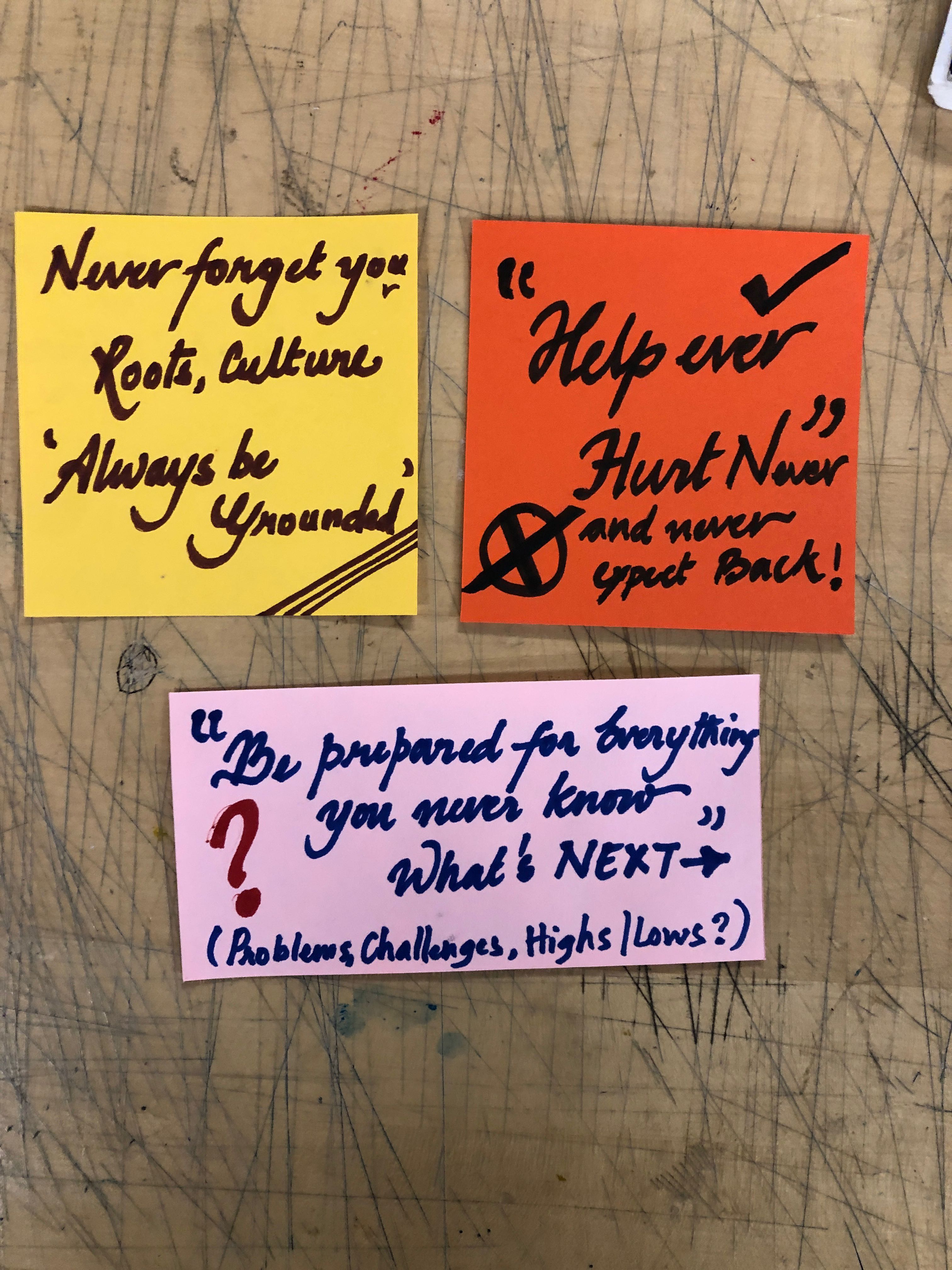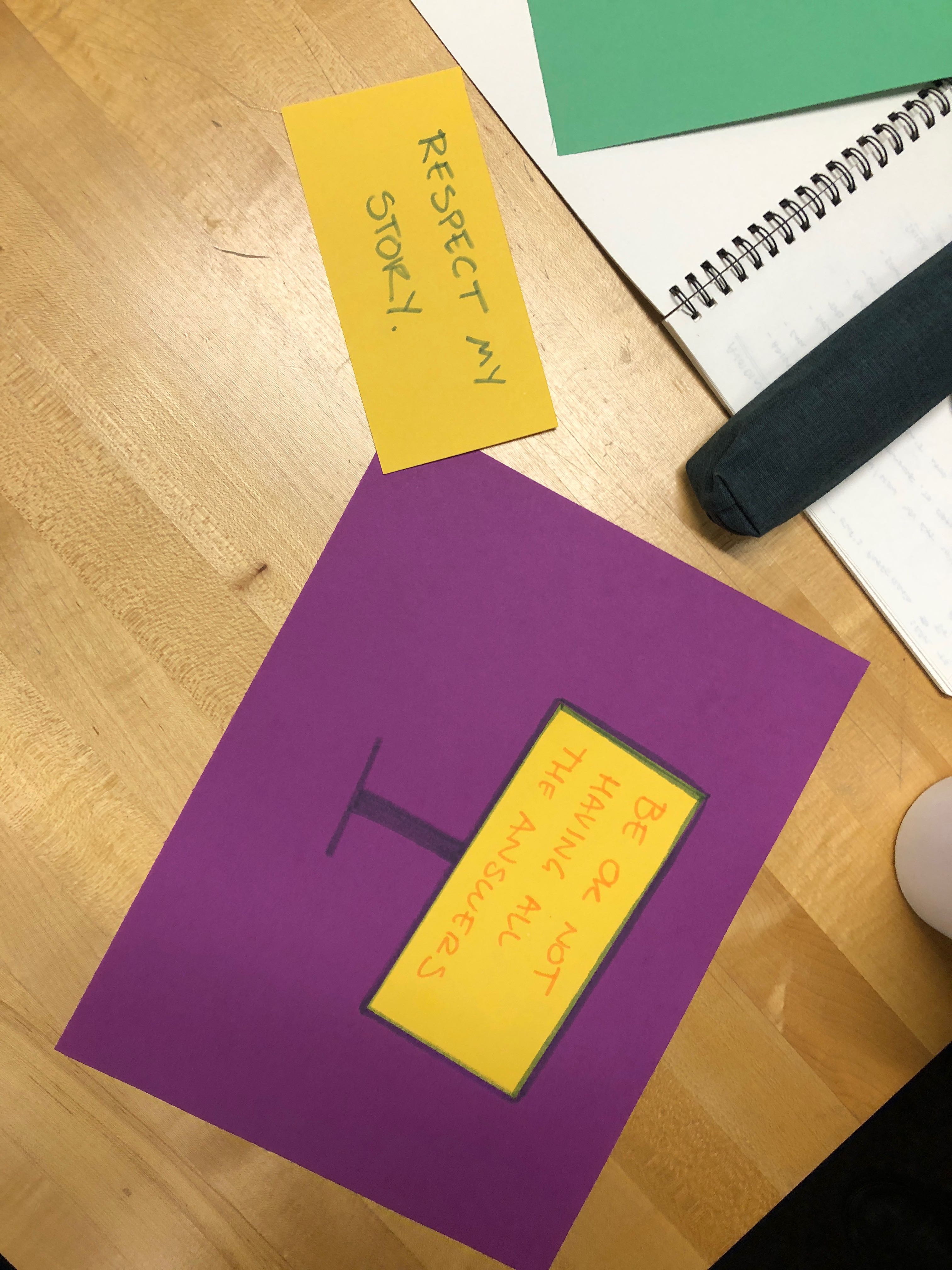Facilitating a memorable presentation.
Facilitating a memorable presentation.
PROJECT DETAILS
Timeline
Nov. 2022 - Dec. 2022
(1 month)
Tools
- Keynote
- Adobe Illustrator
- Arts and crafts materials
Role
- Facilitation
- Presentation Illustrations and Design
- Conceptualization and Storytelling
About The Power of a Positive No
This book by William Ury was required reading for the course Live Exchange offered by California College of the Arts. The book presents skills, stories, and techniques about how to say no in personal, professional, and social environments.
My Why
This book impacted my thinking around what it means to stay true to my values by passing on opportunities that may not serve my best interests. I wanted to break down the repetitive nature of the book and distill a clear message to share with my class so that they were equally impacted by its message.
Output
GOAL
Remember by doing.
My background in maker education and project-based learning guided the content and organization of the presentation.
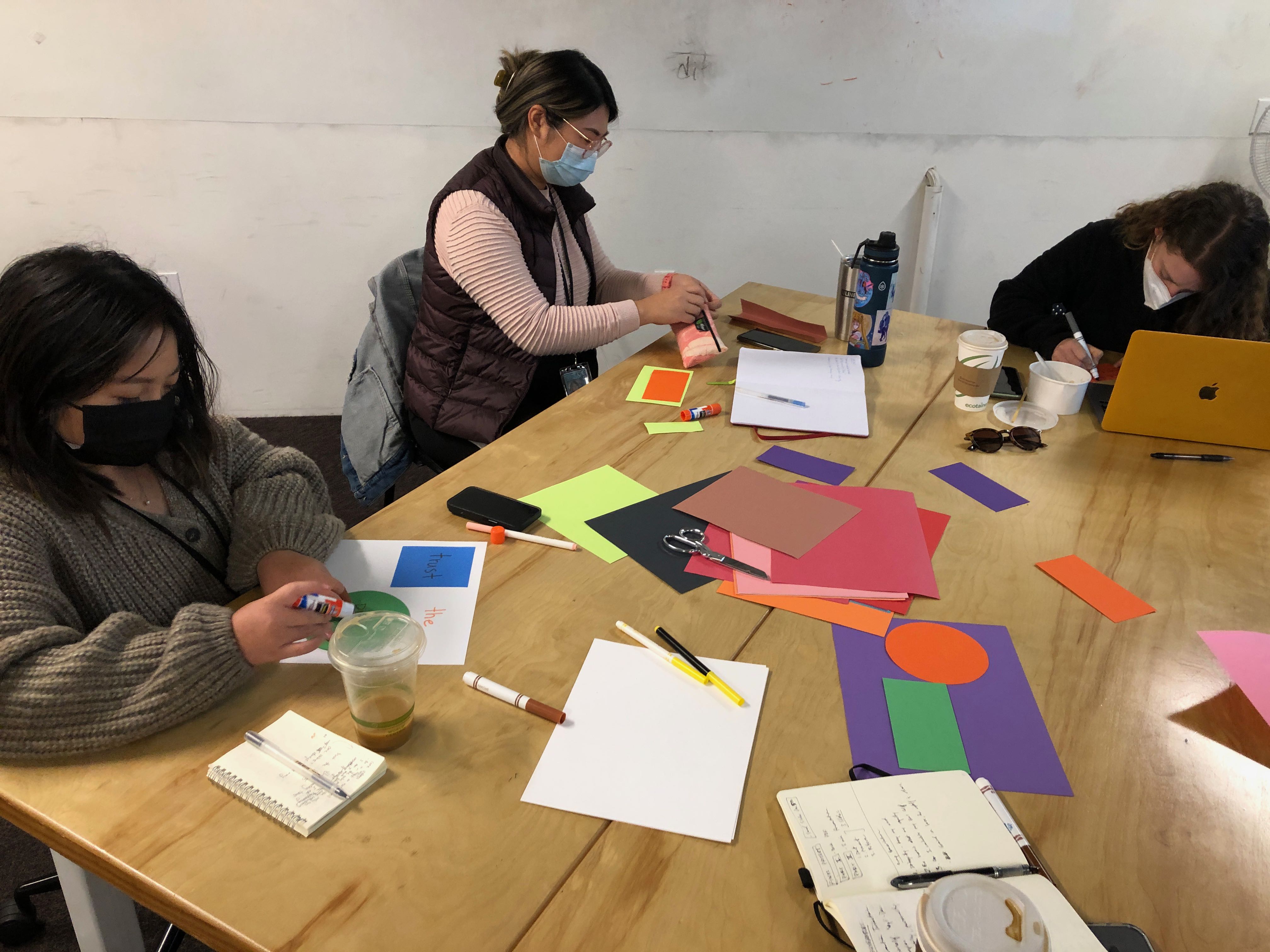
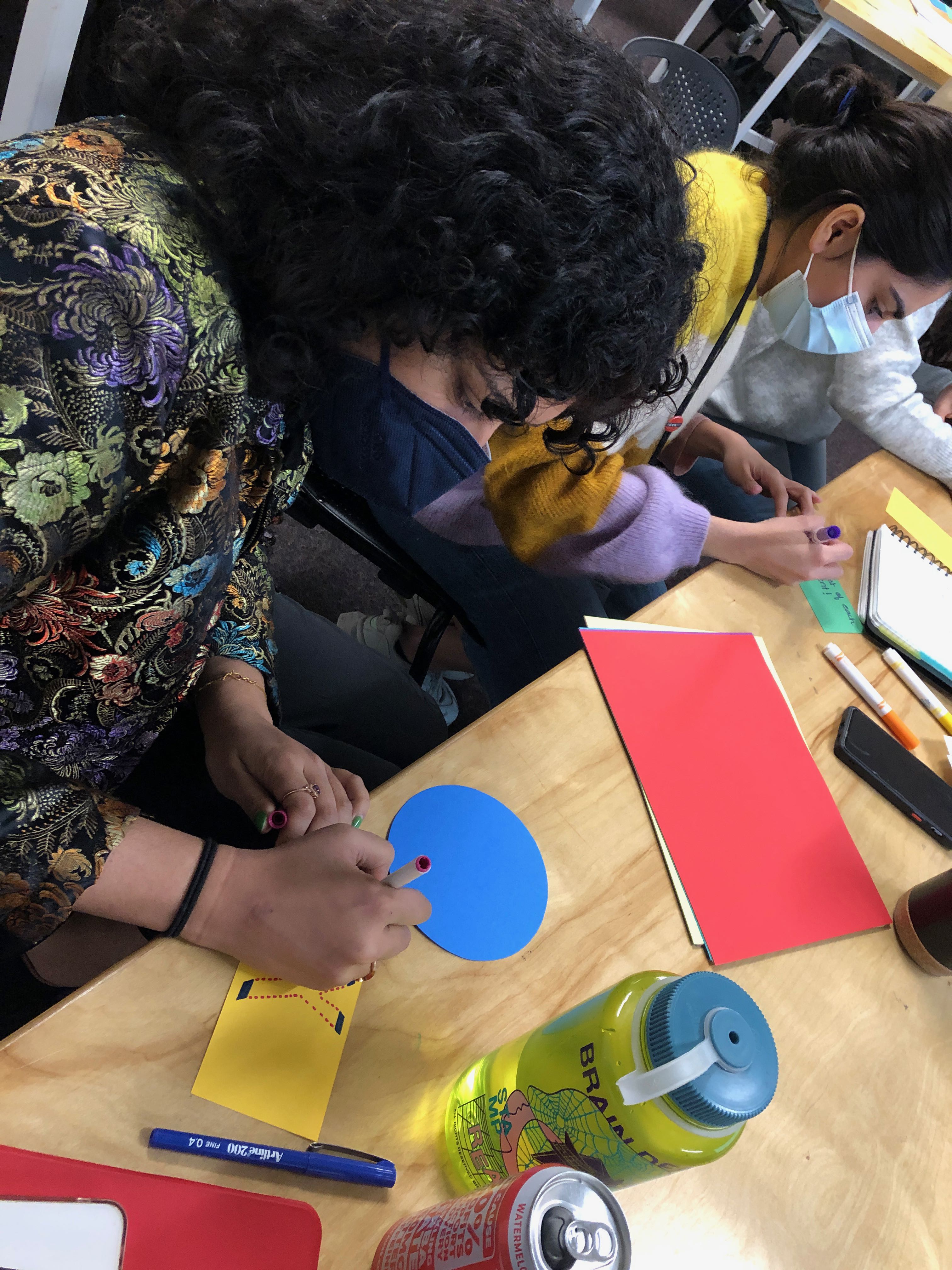

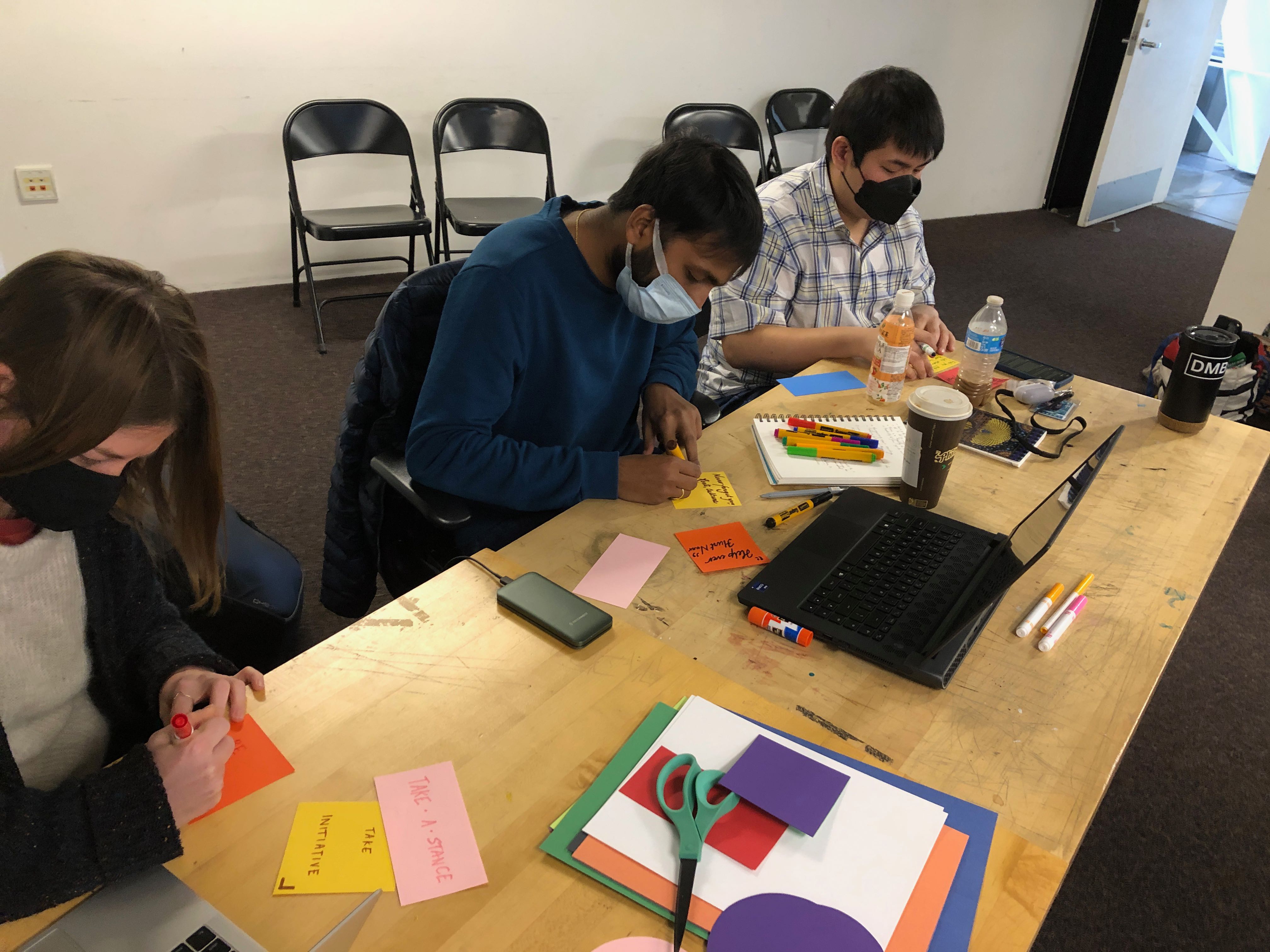
CCA DMBA students making “Road signs” after our presentation, Dec. 2022
CHALLENGE
Find the core message.
The book’s contents are scattered with nos and yesses. To some the message is clear but the techniques may get lost.

APPROACH
Stick to one metaphor.
Ury’s book has three main sections: 1. Prepare your yes, 2. Deliver your no, and 3. Follow through. He also uses a tree with roots to visualize his methodology. I needed to translate his very important yet hard-to-understand message into one, concise, easy-to-remember technique.


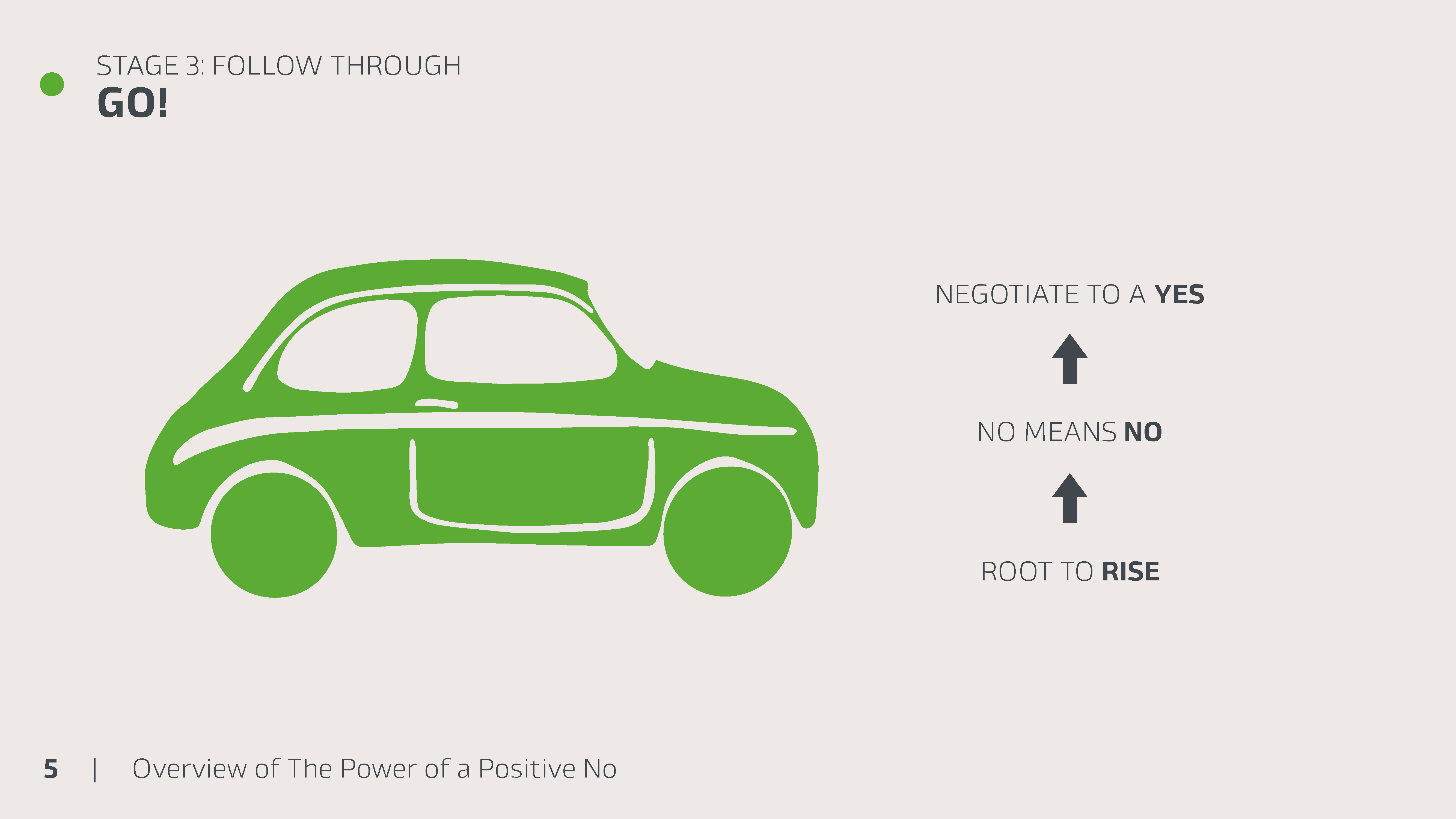
SOLUTION
Rules for the road.
Yellow, red, and green are almost universal in communicating “Slow down,” “Stop,” and “Go,” respectively. Yellow was a perfect symbol for Ury’s first stage of delivering a postive no: Prepare. Red expressed the message, “Stop and assert your no,” and green was the symbol to follow through by sticking to your no yet negotiating towards a happy medium. The goal with achieving a postive no is always to have a positive outcome.
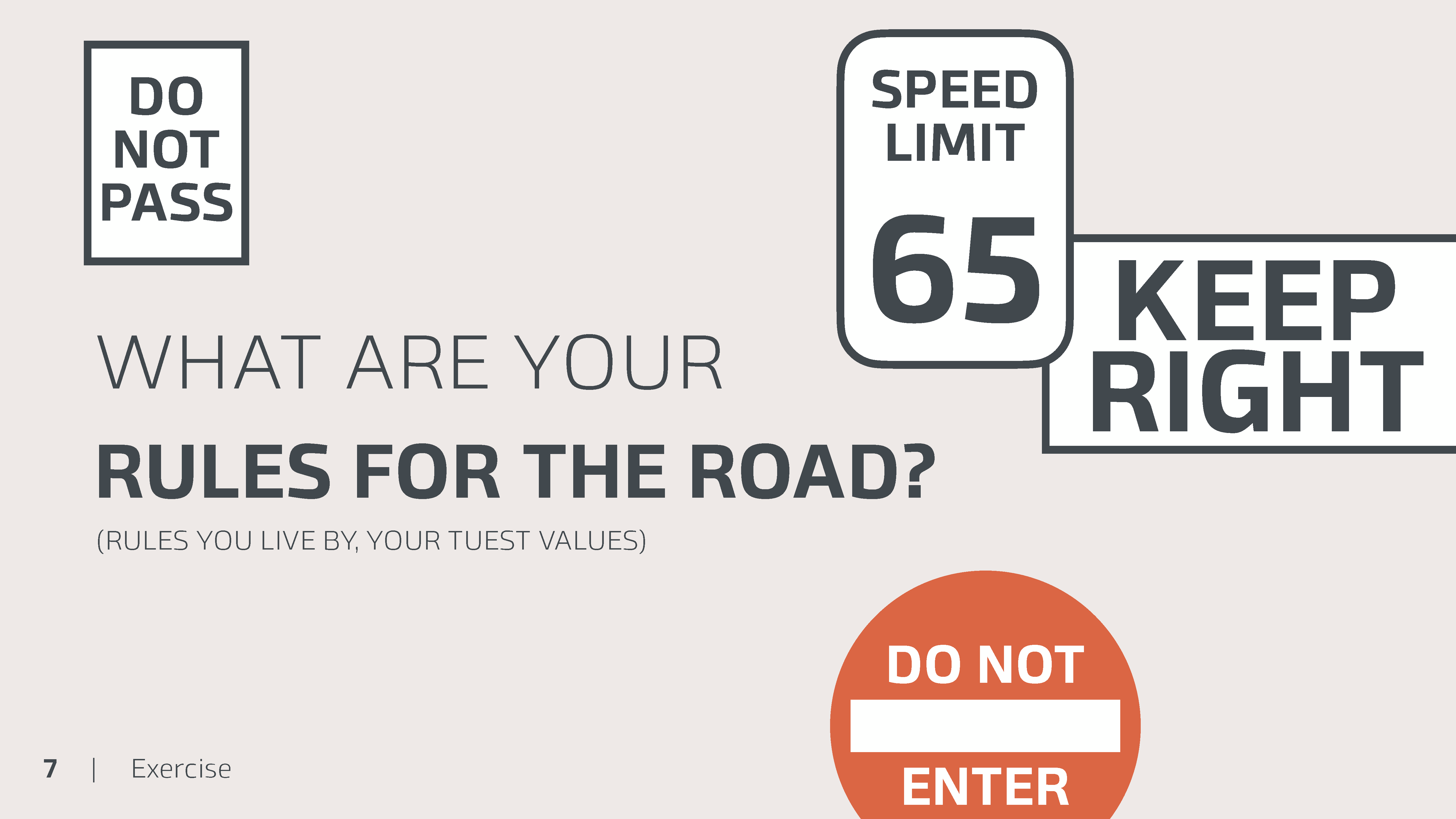
Sticking to our “Road rules” metaphor, I designed a workshop for students to think about what their values are and create “Road signs” for those values. A handful of students spoke about what they chose and why, expressing their gratitude for the experience.


